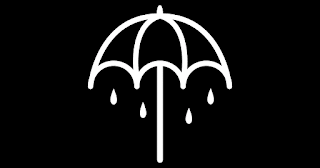"Artists and technologists, makers of all media, working at frontiers of visual narrative." This is the motive that the company lives with. He goes on and explained that everything is possible as we can apply technology to storytelling which can bring anything alive. He showed us an advert of a fuel company SSE which includes an Orangutang which was completely created by CGI. The orangutang was created bit by bit, even all the hair were put there piece by piece in order to make it look like a real orangutang. The video can be seen below:
For the music video, he went on to express how the making of music video is a very competitive environment which means that our idea have to be very hooking and expressive in order to get produced. He suggests that this could be achieve through creating a successful promo and a well planned treatment. The treatment shouldn't include a lot of words but instead, use pictures in order to visualise the idea to the artists or the director that you would want to show the work to. The storyboards are also essential as it can help sell the idea by making it more visual and convincing. Nowadays there are many platforms in which new music videos can be promoted and grow into such as youtube.com or Vevo which makes the music video more accessible to the audience comparing to the past, creating more potentials for new producers and music videos to grow. The other video he showed us was the music video that he made for The Chemical Brothers, 'Wide Open.' This music video was a low budget video all done by 1 take in which he explained how sometimes simplicity is best.
He also showed us the behind the scene editing of the music video, showing us how the technology have allow music video producers to create a phenomenal music video with a limited budget.
He finished the talk with giving us a few tips in which i find can be very beneficial for us in producing our digipacks and creating our music video: Set your own rules- what this means is that you should stick with your own idea and deliver whats on the treatment onto the screen. Secondly, be the leader. As the director, I should know exactly what I want the actors to do as well as how I want them to look on the screen, therefore I should know and tell the actors exactly what to do as they will always seek guidelines from the directors. Finally, planning is everything. We should organise everything in advance; storyboard, timeline, treatments, completing all of this in advance would mean that we will have more time on the shooting day, limiting our budget and therefore create a better working environment.















































